Header image: Beaverhead County Museum Facebook
History of Dillon Montana
What started as a 465-acre-ranch soon became a central railroad hub for the 1880s mining boom in southwest Montana. Originally named “Terminus”, this town’s connections to the railroad, aided by its central role in an emerging cattle industry, helped it thrive after the miners left.
This is the history of Dillon, Montana. Dillon is a quaint, small town, steeped in history located in the beautiful Beaverhead Valley. Visitors here enjoy the fresh air and quick access to stunning nature, such as the Pioneer Mountains, streams and rivers of the Beaverhead Valley, and the Clark Canyon Reservoir.
Read this brief history of Dillon, Montana to discover how this charming town became what it is today.
Table of contents:
- Beginning of the gold rush in a remote area
- Mining boom in full swing
- Railroads arrive, fueling the local mining industry
- New sidewalks, brick buildings, and houses foreshadow Dillon’s future
- Mining slows, and Dillon’s future hangs in the balance
- New industries invigorate Dillon
- Feel Dillon, Montana’s history today
Beginning of the gold rush in a remote area [Dillon, Montana history]
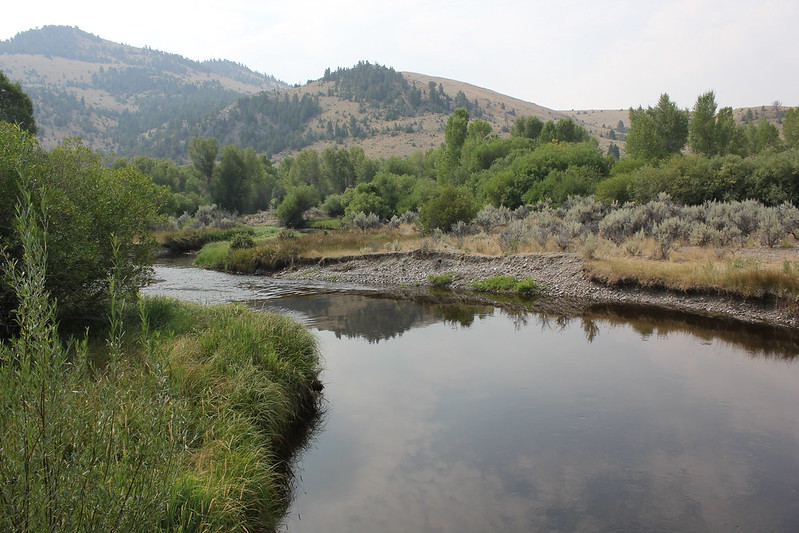
Nicolas Henderson – CC BY 2.0
In July 1862, prospector John White and company dropped their pans into picturesque Grasshopper Creek south of present-day Dillon, Montana to test their luck. When they pulled their pans out of the water, they saw flakes of gold. Within months, miners and prospectors were flocking to the area.
A year later, two prospectors were on the run from the Crow tribe and had camped out on Alder Creek, about 45 miles (72 km) east of John White’s site.
One evening, they dropped their pans in the creek and pulled up specs of gold. Within months, more workers were flocking to the region.
Another year later, a group called the “Four Georgians” struck a deep well of gold in Last Chance Gulch, and a year after that William L. Farlin struck silver in the Asteroid Mine (later Travona).
These handful of discoveries were enough to kick off the Montana mining boom.
Mining boom in full swing [Dillon, Montana history]
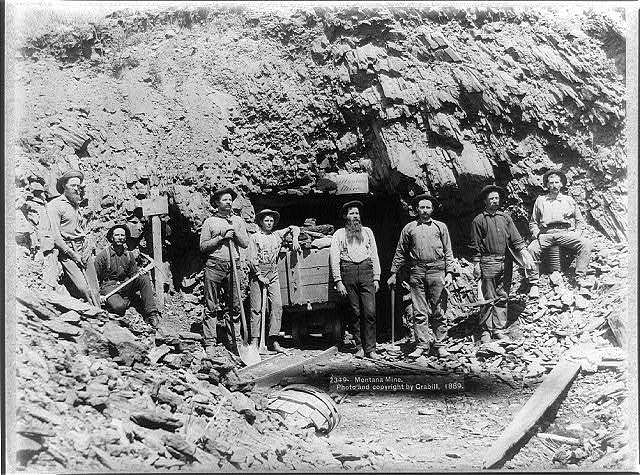
By the late 1860s, the Montana gold rush was in full swing – thousands of workers were flocking to Montana from Canada, the U.K., Wales, Ireland, Lebanon, Syria, China, Finland, and elsewhere following the word of the gold rush in Montana.
Around this time, Helena, the current state capital, emerged as one of the largest placer mines in the state. Thousands of people arrived in the area and more mining towns appeared – Virginia City, Granite, Confederate Gulch, Montana City, Coloma, Horse Prairie Creek, Elkhorn, Pony, and others.
However, within about 10 years, Montana’s gold dried up and the miners fled, leaving ghost towns in their path.
Railroads arrive in Montana, fueling the local mining industry [Dillon, Montana history]
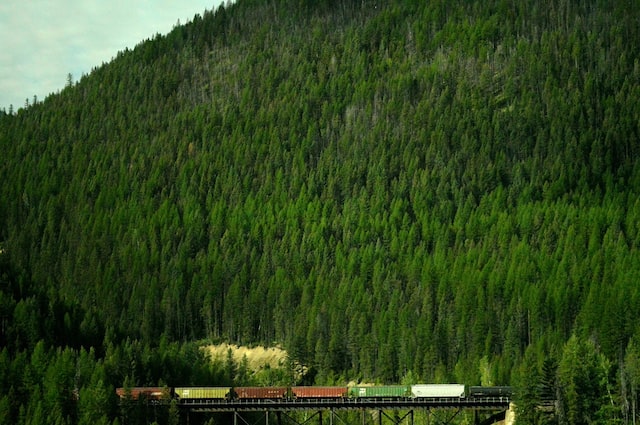
During these years, the rail lines were crawling west across the continental U.S., moving towards Montana, Idaho, and Washington, bringing workers in and moving minerals out.
The first railroad reached the border of Montana in 1880 on its way from Ogden, Utah, to Butte. It then stopped at a 480-acre (194-hectare) ranch about 15 miles (24 km) east of John White’s first mine in Grasshopper Creek.
As the northernmost stop on the Utah and Northern Railway at that time, the ranch was established as a town and given the name ‘Terminus’.
By 1884, Terminus had become a central transport hub for the mining camps of the entire region and was officially incorporated as Dillon, Montana, named after a key figure in the town’s development.
What was Dillon, Montana named after?
When Dillon, Montana was incorporated in 1884, it was named after railroad president Sidney Dillon, who was responsible for the town’s flourishing.
Sidney Dillon was the primary force behind building Dillon Montana into a central hub for the railways.
New sidewalks, brick buildings, and houses foreshadow Dillon’s future
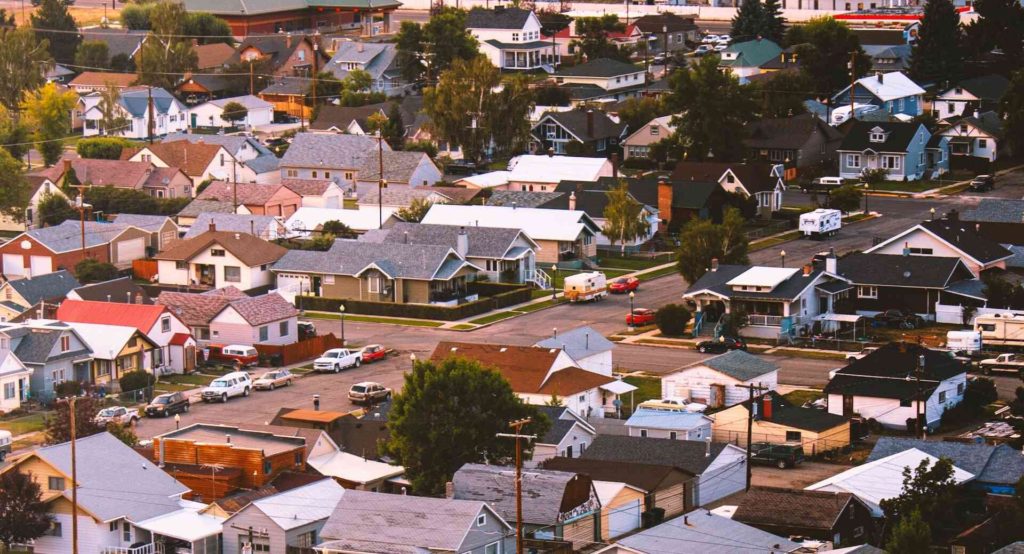
After a contentious battle for county seat with Anaconda in 1881, Dillon prevailed. The first brick building in town was built in 1882, and by 1884, Dillon had become an incorporated town.
Sidewalks and permanent homes were then constructed, foreshadowing Dillon’s future as a primary Montana city.
However, as gold deposits went dry, the area became less critical for the railroads and Dillon’s fate hung in the balance.
Mining slows, and Dillon’s future hangs in the balance [Dillon, Montana history]
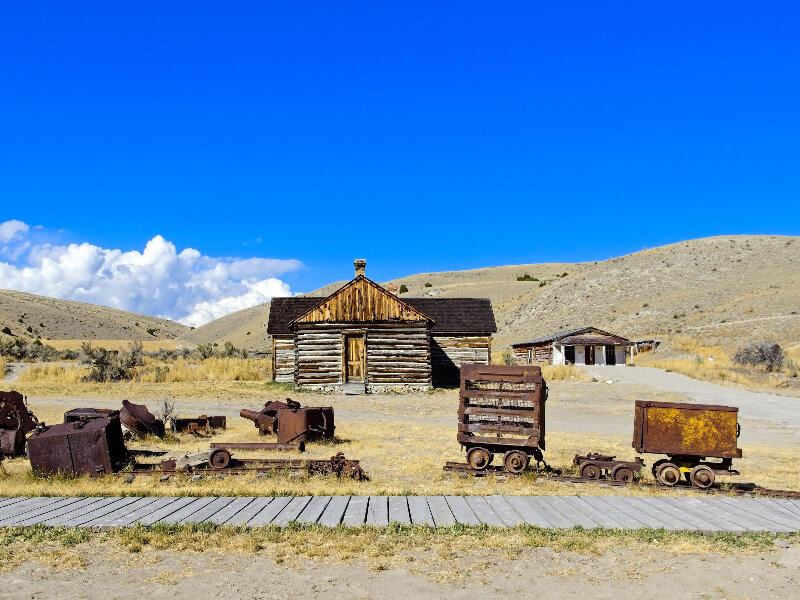
The gold mines dried up in the late 1880s, and miners started disappearing almost as fast as they had arrived. By 1890, copper had taken the lead in gold mining in Montana, and as the miners left, the work camps and mining towns became Montana ghost towns.
There was a brief gold mining revival in Bannack in 1895 when miners introduced bucket line dredges to Grasshopper Creek. However, the gold finally dried up, the miners left, and Dillon’s fate remained uncertain.
By the way, if you’re interested in the complete history of Montana mining, our other article summarizes the full story and explains how much this industry has changed in the past 100+ years.
New industries invigorate Dillon [Dillon, Montana history]
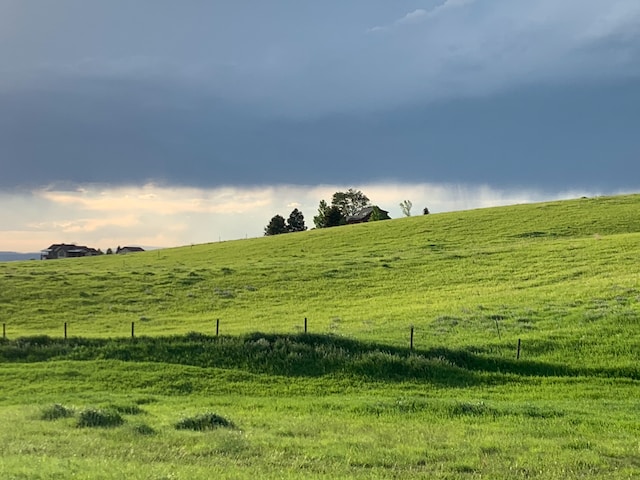
By this point, Dillon had already received a new railroad depot and become a primary stop-off point for people traveling to Oregon. Dillon’s connection with the railroads also gave it access to various markets outside of Montana, which was useful for local farmers and ranchers.
A regional ranching industry around Dillon had started growing back in 1865, and due to the Beaverhead Valley’s rich grasslands, Dillon slowly became the center of this industry. The town also became a primary exporter of local wool and talc, which was still being mined in nearby regions.
Thanks to the railroads and the growing cattle industry, Dillon continued to thrive. By 1892, the Montana Normal College was established, which still functions today as Montana State University Western. By the early 20th century, Dillon was home to a Carnegie public library.
Over the following 100+ years, Dillon thrived, becoming a small town in beautiful southwest Montana, its main industries being ranching, farming, mining, and tourism.
Feel Dillon, Montana’s history today
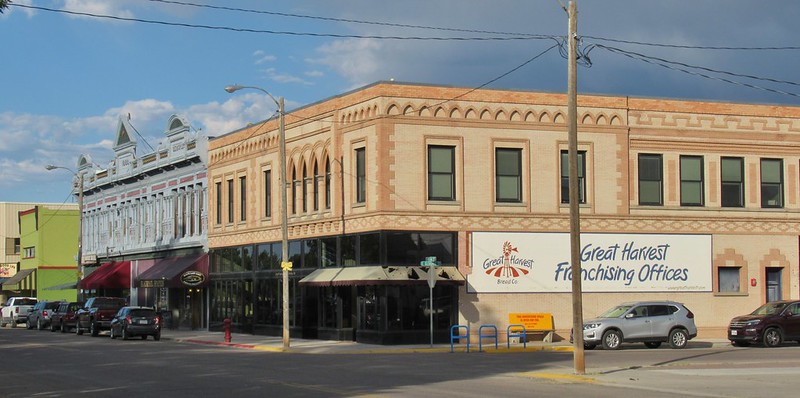
Today, more than 50 historic buildings line Dillon’s main street, symbols of Montana’s formative era. And a number of museums preserve Dillon’s history.
The picturesque wilderness that captivated John White and his fellow prospectors in 1862 remains the primary draw for many people coming to Dillon, Montana today.
The nearby Clark’s Canyon Reservoir gives locals and visitors a chance to cool off in a beautiful natural setting during hot summer days. In the winter, visitors take trips to the tiny, but inspiring, Maverick ski area, or visit a nearby ghost town.
Dillon, Montana is a small town steeped in history and charm in one of the most stunning regions of Montana. Its long, storied past can be felt while strolling its main roads or sitting in a local cafe.
Top things to do in Dillon, Montana
There are so many things to do here. In another article, I list the best things to do in Dillon, Montana, to help you plan your trip.
And if you’re wondering if Dillon, Montana is a good place to live, I answer that question in detail here.


